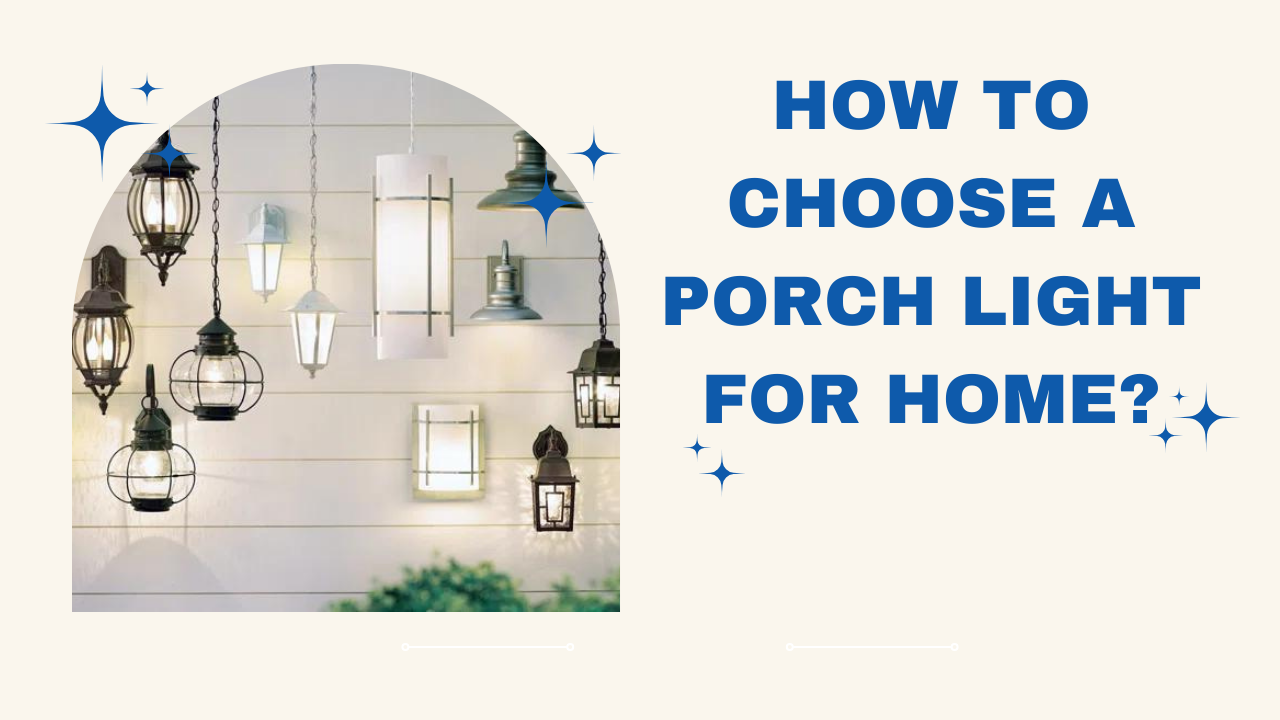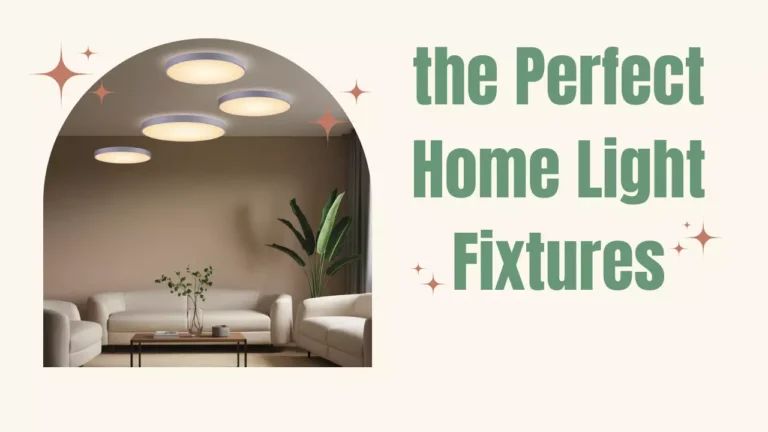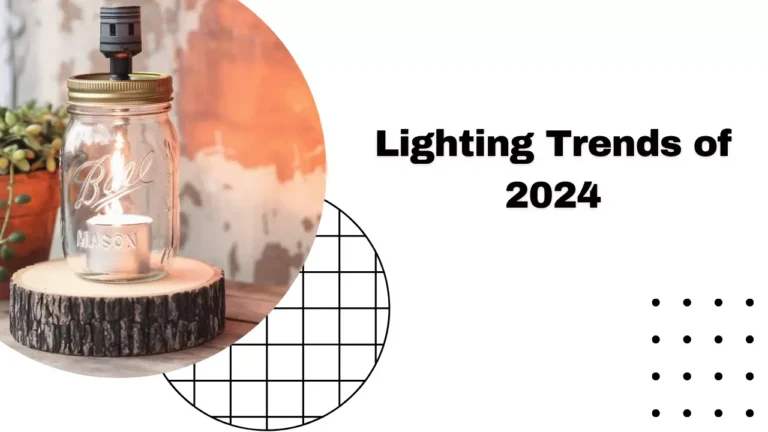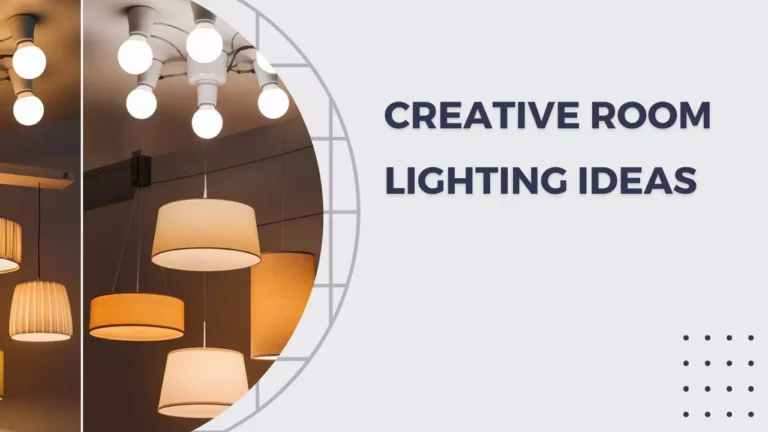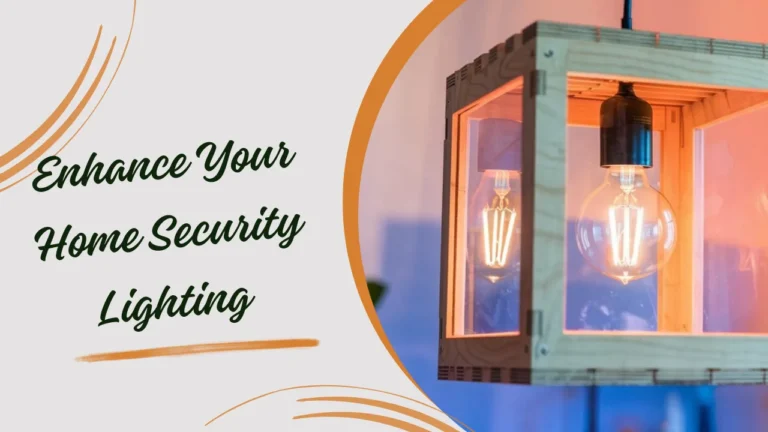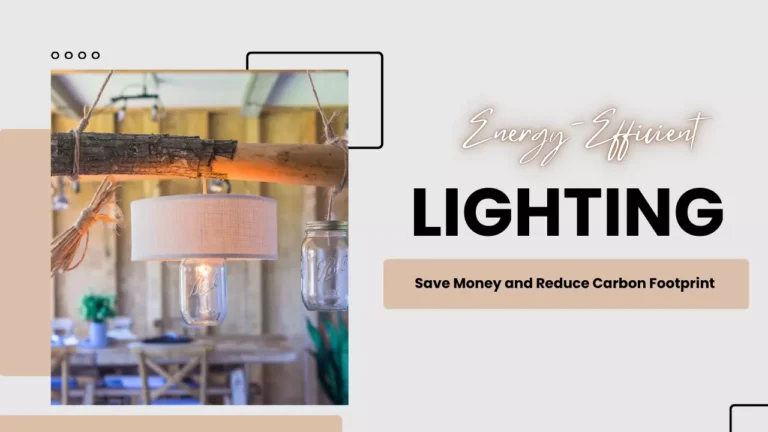How to Choose a Porch Light for Home?
Choosing the best porch light for your home involves more than just picking a fixture that looks good. It’s essential to consider factors like style, functionality, security, and energy efficiency. In this article, we will guide you through the key aspects of how to choose a porch light that suits your needs and enhances your home’s curb appeal.
1. Determine Your Lighting Needs
Assess the Purpose
Firstly, understand the primary purpose of your porch light. Are you looking for security lighting to deter intruders, decorative lighting to enhance your home’s aesthetics, or functional lighting to ensure safe entry and exit? Identifying the main function will narrow down your choices and help you focus on specific features.
Consider the Size of the Area
The size of your porch area plays a crucial role in choosing the appropriate light fixture. A small porch might only need one fixture, while a larger space could benefit from multiple lights. Ensure that the light you choose is powerful enough to illuminate the entire area without overwhelming the space.
Check for Existing Wiring
Examine the existing wiring on your porch. If your porch already has wiring in place, you’ll need to choose a light that is compatible with it. If you’re starting from scratch, you might want to consider hiring a professional electrician to ensure everything is installed correctly.
2. Choose the Right Style
Match Your Home’s Architecture
Select a porch light that complements your home’s architectural style. Whether your home is modern, traditional, colonial, or rustic, choosing a light fixture that matches its design will create a cohesive look. For example, a sleek, minimalist light may suit a modern home, while a lantern-style fixture might be perfect for a traditional or colonial house.
Color and Finish
The color and finish of your porch light should blend seamlessly with your home’s exterior. Popular finishes include bronze, black, nickel, and brass. If your door handles and other exterior fixtures are a certain color, it’s a good idea to match your porch light to these elements for a unified appearance.
Fixture Design
From lanterns and sconces to pendants and flush mounts, the design of the fixture itself is important. Lanterns and sconces are classic choices for traditional homes, while pendants and flush mounts often suit modern homes better. Choose a design that aligns with your aesthetic preferences and practical needs.
3. Prioritize Functionality
Light Bulb Type
Different bulb types provide varying levels of brightness and energy efficiency. LED bulbs are a popular choice due to their longevity and energy efficiency. CFL and halogen bulbs are also options, but they don’t last as long as LEDs and consume more energy.
Brightness Levels
The brightness of your porch light should be appropriate for its intended use. Lumens measure brightness, and typically, a porch light should have between 800 to 1,200 lumens. If your goal is security, opt for a brighter light, while softer lighting is more suitable for decorative purposes.
Motion Sensors and Timers
Consider porch lights with motion sensors or timers for added convenience and security. Motion sensors automatically turn the light on when someone approaches, deterring potential intruders. Timers allow you to set specific times for the light to turn on and off, ensuring your porch is always well-lit when needed.
4. Focus on Energy Efficiency
Energy Star Certification
Look for Energy Star-certified porch lights. These fixtures meet strict energy efficiency guidelines set by the Environmental Protection Agency, helping you save on energy bills and reduce your carbon footprint.
Solar-Powered Options
Solar-powered porch lights are an eco-friendly option that doesn’t require wiring or electricity. These lights harness the power of the sun during the day and illuminate your porch at night. They are especially useful for areas without easy access to electrical wiring.
LED Technology
As mentioned earlier, LED bulbs are highly energy-efficient. They use up to 75% less energy than incandescent bulbs and can last up to 25 times longer. By choosing LED porch lights, you can enjoy bright, reliable lighting while reducing energy consumption.
5. Consider Security Features
Integrated Security Cameras
Some porch lights come with integrated security cameras that allow you to monitor your entryway remotely. These fixtures often include additional features like motion detection, night vision, and two-way audio, providing enhanced security for your home.
Smart Home Integration
Modern porch lights can be integrated with smart home systems. This allows you to control your lighting remotely using your smartphone or voice commands through devices like Amazon Alexa or Google Home. Smart lights can be programmed to turn on and off at specific times, enhancing security and convenience.
Dusk-to-Dawn Sensors
Porch lights with dusk-to-dawn sensors automatically turn on at dusk and off at dawn. This feature ensures your porch is always illuminated at night without needing to manually switch the light on and off. It’s a convenient option for those who want hassle-free security lighting.
6. Installation Considerations
Ease of Installation
Choose a porch light that is easy to install, especially if you plan to do it yourself. Some fixtures come with all the necessary hardware and clear instructions, making the installation process straightforward. If you’re not confident in your DIY skills, consider hiring a professional.
Location and Placement
The placement of your porch light is crucial for effective illumination. Install the light at a height that provides ample coverage of the porch area without causing glare. Typically, porch lights should be mounted at eye level, around 5.5 to 6.5 feet from the ground.
Weather Resistance
Ensure your porch light is designed to withstand the elements. Look for fixtures with a high IP (Ingress Protection) rating, indicating they are resistant to dust and water. This is particularly important if your porch is exposed to harsh weather conditions.
7. Budget and Cost
Initial Purchase Cost
Porch lights come in a wide range of prices. Determine your budget before you start shopping to avoid overspending. While it’s tempting to go for the cheapest option, investing in a high-quality light fixture can save you money in the long run through durability and energy efficiency.
Maintenance Costs
Consider the ongoing maintenance costs of your porch light. LED lights, for example, have a higher upfront cost but lower maintenance expenses due to their long lifespan. Solar-powered lights have minimal operating costs but may require occasional battery replacements.
Energy Costs
Energy-efficient lights, such as those with LED technology or Energy Star certification, can significantly reduce your energy bills. Calculate the potential savings over time to see if investing in a more expensive but energy-efficient fixture makes financial sense.
Conclusion
Choosing the best porch light for your home involves careful consideration of various factors, from style and functionality to security and energy efficiency. By assessing your needs, matching your home’s architecture, prioritizing functionality, focusing on energy efficiency, considering security features, and planning for installation, you can find the perfect porch light that enhances your home’s curb appeal and ensures safety.
Remember, the right porch light does more than just illuminate your entryway; it adds to the overall aesthetics, improves security, and can even save you money in the long run. With these tips, you now know how to choose a porch light that meets all your requirements.
For more information on porch lighting options and tips, you can visit Energy Star, and HGTV’s Outdoor Lighting Ideas.

